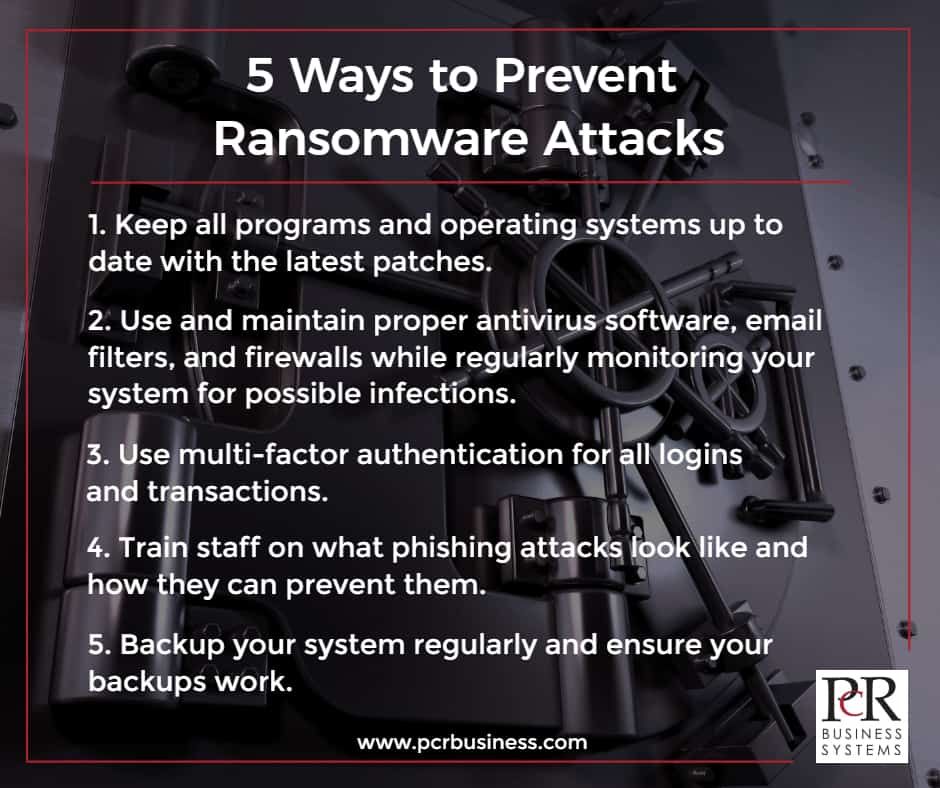
Email Scams: How to Spot and Avoid Them
- 0
In today’s digital age, email scams have become increasingly prevalent. Cybercriminals are constantly devising new ways to trick unsuspecting individuals into revealing sensitive information or clicking on malicious links. Being aware of the common tactics used in email scams is crucial in safeguarding yourself and your personal data. In this article, we will discuss how to spot and avoid email scams.
Header 1: Check the Sender’s Email Address
One of the easiest ways to spot an email scam is to carefully examine the sender’s email address. Scammers often use email addresses that mimic legitimate organizations, but upon closer inspection, you may notice subtle differences such as extra characters or misspellings. If you receive an email from a sender you do not recognize or trust, proceed with caution.
Header 2: Look for Grammatical Errors and Poor Formatting
Email scams are typically riddled with grammatical errors, spelling mistakes, and poor formatting. Legitimate organizations take the time to proofread their emails before sending them out, so any email that appears unprofessional should raise red flags. Be wary of emails that contain excessive capitalization, strange spacing, or inconsistent font styles.
Header 3: Avoid Clicking on Suspicious Links
One of the most common tactics used in email scams is the inclusion of malicious links. These links may direct you to fake websites that are designed to steal your personal information or install malware on your device. Before clicking on any links in an email, hover your cursor over them to preview the URL. If the link looks suspicious or does not match the sender’s website, do not click on it.
Header 4: Be Skeptical of Urgent Requests for Personal Information
Scammers often try to create a sense of urgency in their emails to prompt you to act quickly without thinking. Be cautious of emails that request personal or financial information, such as passwords, account numbers, or social security numbers. Legitimate organizations will never ask you to provide sensitive information via email. If in doubt, contact the sender directly through a trusted source to verify the request.
Header 5: Keep Your Software Updated
One way to protect yourself from email scams is to ensure that your software is always up to date. Cybercriminals frequently exploit vulnerabilities in outdated software to launch attacks, so regularly updating your operating system, antivirus software, and web browser can help prevent malware infections and phishing attempts.
Header 6: Trust Your Instincts
If an email seems too good to be true or raises suspicions, trust your instincts and proceed with caution. Do not hesitate to delete or report any emails that you believe may be fraudulent. It is always better to be safe than sorry when it comes to protecting your personal information and financial security.
By following these tips, you can better equip yourself to spot and avoid email scams. Remember to stay vigilant and skeptical of any unsolicited emails that request sensitive information or seem too good to be true. Protecting yourself from email scams is an essential part of maintaining your online security in today’s interconnected world.

